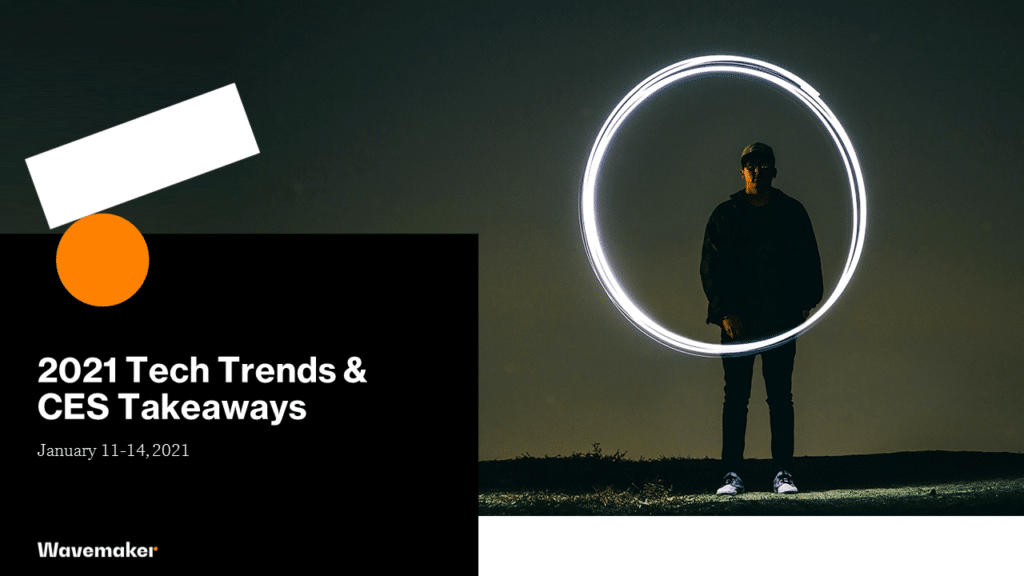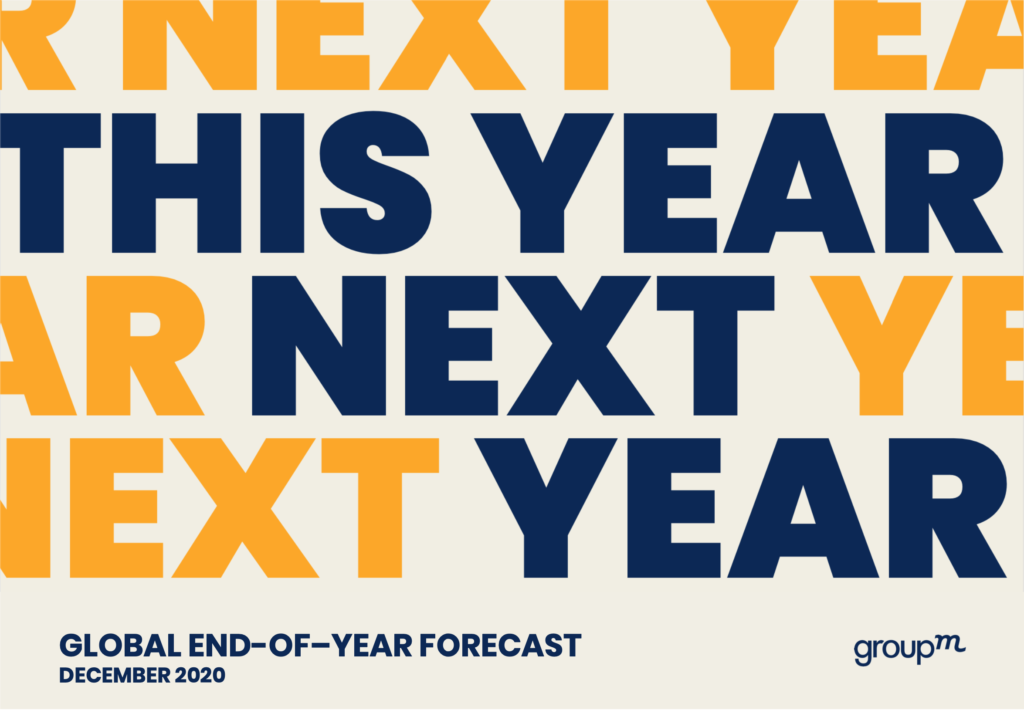With the evolution consumer viewing habits amplified by Covid-19, integrating digital and TV advertising is crucial now more than ever, as Delia van Staden, Shaun Frazao and Merissa Himraj report.
Our dependency on screens is nothing new. For several decades – and increasingly with every passing year – we have relied on some kind of digital device to work, to learn, to be entertained, and to connect to the world. Of course, this digital dependency has increased dramatically since the onset of Covid-19.
Today, we’re more plugged into our digital devices and TVs than ever before. Brands that understand the ways in which various platforms integrate, and use them to market their products successfully, are likely to succeed despite the economic turmoil wrought by the pandemic.
TV and digital in the Covid-19 era
Since March, the TV and digital viewing landscape has changed dramatically. March, April and May 2020 saw 12%, 28% and 11% increases respectively in linear TV viewing compared to the same periods last year, while visits to streaming services soared, also peaking in April.

“Between February and April 2020, Netflix’s website traffic increased by an incredible 120%, Amazon Prime Video by 85% and Showmax by 78%,” says Delia van Staden, the head of analytics and insights at Wavemaker South Africa. “With an entire nation, and most of the world, confined to their homes, consumers were actively seeking entertainment, and TV and digital channels stepped up to the plate.”
As South Africa’s lockdown levels dropped in June, with many people returning to work and school, these trends started to flatten off. “Ongoing fluctuations are likely as schools and various sectors of the economy open and close in line with new regulations,” adds Van Staden.

Despite some flux, the demand for TV and digital content is sure to continue for a long time to come; Covid-19 has only enhanced a demand that was already there. Companies that use these channels effectively by adopting an integrated approach to their advertising are likely to remain relevant during this time. The following four methods demonstrate the benefits of integrating your TV and digital content.
Building incremental reach

Studies that explore best practice in advertising often emphasise the effectiveness of a cross-media approach. “By combining TV and online video, brands are able to deliver incremental reach using similar creative formats,” explains Shaun Frazao, Wavemaker’s head of digital.
Van Staden adds, “At Wavemaker, we plan for and ensure we deliver incremental reach through our proprietary planning tool, CrossMedia, which helps us to measure the reach that various touch-points add to a campaign.”
Below is an example of a TV and online video campaign executed by Wavemaker. By spending R87 000 weekly on online video, incremental campaign reach grew by 4.2% in week one, 5.5% in week two, 5.6% in week three and 5.9% in week four.

Synchronising TV and digital activity
Second-screening and multi-screening have become commonplace as technology has evolved, with many consumers now watching TV while simultaneously scrolling through online content on one or more devices.

“By using TV-sync technology, brands can extend their reach and engagement into the digital space,” says Merissa Himraj, Wavemaker’s chief strategy officer. TV-sync solutions recognise TV adverts and then, seconds after the ad flights, push online content to consumers’ devices through a variety of formats.
“Ensuring your TV plan is optimised with a robust TV-sync approach delivers a seamless end-to-end brand experience as well as impressive sales results, especially if your brand already has e-commerce solutions in place,” Himraj adds. With 82% of mobile purchases made at home while consumers are relaxing or watching TV, integrating TV sync solutions is a no-brainer.
TV advertising through paid search
After audiences have been exposed to high-reach marketing channels such as TV, they usually turn to online platforms to learn more about the brands or products in which they’re interested. Studies on multi-screen behaviour estimate that close to a fifth of all smartphone searches are prompted by TV commercials.
“Brands that want to maximise their TV investment should therefore align their paid search marketing with their TV plans,” says Wavemaker CEO, Lwandile Qokweni. “This not only allows brands to benefit from the interest that they have generated through TV, but also helps to prevent opportunistic competitors from leveraging that interest for their own benefit.”
Improving programmatic conversion rates
The mistake that many brands and agencies make is to look at brand communication and direct responses as discrete from each other. “Consumers don’t see these two forms of communication separately,” says Frazao, “they just see communications from the brand. In an optimum media plan, therefore, the sales benefit of all customer communication should be quantified.”
Wavemaker Econometrics IQ studies have shown brands that have used TV advertising to increase their brand bias have improved their digital programmatic conversion rates by a factor of nine on average. For some categories, this rate is as high as 15 times higher than it would have been without TV. Outcomes-based opportunities along the purchase journey therefore need to be leveraged.
The technologically heavy, economically volatile and fiercely competitive market that has come to define the Covid-19 world is not a world of silos. Instead, it is a world of integration, cross-pollination, and strategically thinking and investing across multiple platforms in order to generate results. Integrating your TV and digital advertising will result in a significant improvement on your brand’s performance, and is worth actively pursuing if you are to distinguish yourself from the rest.






